Organized and circulated in conjunction with the Congregation for the Evangelization of Peoples of the Holy See, Vatican Splendors is a multi-sensory touring exhibition of some 200 works of art and historically significant objects from the Vatican. “Most of them are hundreds of years old. Many have never left the Vatican before,” Mark Greenberg, President of Evergreen Exhibitions, a San Antonio, Texas, company that specializes in organizing exhibitions, wrote me in a recent e-mail. “Others, like the reliquary with bones of Saints Peter and Paul, you wouldn’t see even if you went to Rome, because they are not on display.”
“The Vatican has played a central role in creating and preserving Western art,” explains the exhibit’s press release, “and the exhibition includes major works created specially for the Church. Throughout the centuries, popes have commissioned and collected works from world-renowned artists and have also been the subject of many works. The Vatican has also served as a repository for historical… as well as cultural objects from around the world.”
This is the second visit of Vatican Splendors to the United States. In 2010-2011, the exhibit toured six US cities: Cleveland, St. Paul, St. Petersburg, St. Louis, Pittsburgh, and Fort Lauderdale, before continuing on to São Paolo in Brazil between September 2012 and March 2013. Although the exhibit was extremely popular, with a record number of visitors in all its venues, it was short-lived everywhere because Italian law requires “that historic art pieces may not leave the state (that is, Italy) for more than 12 months at a time.”
At the Franklin Institute in Philadelphia, the most-visited museum in Pennsylvania, from September 19, 2015 to February 15, 2016, its inauguration was planned to coincide with Pope Francis’s visit to the city from September 26-27 as well as with the World Meeting of Families Congress there from September 22-25. (Philadelphia is the first American location of the tri-annual World Meeting of Families since it began in 1994). “Vatican Splendors is a like a medieval Biblia Pauperum or Paupers’ Bible,” Monsignor Roberto Zagnoli of Ravenna’s archdiocese and the curator of Vatican Splendors told me by phone in late June. “Since at that time most of the population was illiterate, these Bibles told the Bible stories through illustrations with very little accompanying text, and Vatican Splendors recounts the history of the Church via magnificent works of art. Our goal for the exhibition is to bring the visitor into contact with God. Through the beauty of the works of art on display, we aim to transmit the beauty of God, to show His truth and His Goodness.”
Like its predecessor, 2015/2016’s Vatican Splendors opens with the same introductory video, which includes footage of the Scavi or the necropolis below St. Peter’s Basilica, where the original tomb and bones of St. Peter were found. The 10 galleries which follow have the same titles and the same highlights as before. As before, some recreate locations in the Vatican: St. Peter’s tomb, the catacombs, sections of the Basilica, and the ceiling of the Sistine Chapel, for examples. The lenders are also the same: The Reverenda Fabbrica of St. Peter, the Basilica of St. Paul-Outside-the-Walls, the Basilica of St. Mary Major, the Vatican Library, the Congregation for the Evangelization of Peoples, the Apostolic Floreria (the office in charge of staging and decorations for papal celebrations and audiences), the Papal Swiss Guard, and private collections, with the addition this year of the Vatican Museums, which did not participate earlier. “Nonetheless,” Monsignor Zagnoli said, “about 40% of the works of art, though not the highlights, will be different. After Philadelphia, Vatican Splendors will travel to the Ronald Reagan Library and Museum in Simi Valley, Los Angeles, from March 6 to August 28, 2016 in accordance with the wishes of the late President’s widow, Nancy, as a memorial to the special relationship and reciprocal respect her husband and Pope John Paul II shared.”
The Highlights of Gallery 1
The section “Early Christian Dialogue Between Faith and Art,” housed in a representation of St. Peter’s tomb as it appeared in 160 A.D., includes:
• Cast of Red Wall Graffiti, inscribed with Petros Eni (“Peter is Here”);
• Oil lamps discovered at St. Peter’s tomb;
• Original and unique reproduction of a 6th or 7th-century gold votive plaque found at St. Peter’s tomb;
• Brick from St. Paul’s tomb. The audio guide provides insights into Emperor Constantine’s declaration in 312 A.D. that Christianity was legal (so Roman Christians no longer had to practice their faith in secret) as well as into his decision to build basilicas directly over the tombs of St. Peter and St. Paul.
The Highlights of Gallery 2
In “The Rise of Christian Rome,” which explores the expansion of Christianity in medieval Rome, are:
• Mosaic from the Oratory of Pope John VII (705-707), a richly decorated chapel dedicated to the Virgin Mary that occupied the east end of the north aisle of Constantine’s St. Peter’s nave. Pope Paul V ordered the Oratory destroyed in 1605;
• Reproductions of the old cathedra of St. Peter and Arnolfo di Cambio’s statue of the saint located in the Basilica (its feet have been rubbed smooth and shiny by the millions of devout people who have touched them over the centuries);
• Giotto di Bodone’s Bust of an Angel (c. 1304 A.D.), a polychrome mosaic, although Giotto is best known for his frescoes of St. Francis in Assisi and those in the Scrovegni Chapel in Padua;
• Reliquary of Sts. Peter, Paul, Anne, Joseph, and others.
The Highlights of Gallery 3
In “The Early Renaissance” visitors learn how Christian art was inspired by ancient Roman art. Its highlights are:
• Two large sculptures: The Crucifixion of St. Peter and The Martyrdom of St. Paul, from Pope Sixtus IV’s (1471-84) free-standing vaulted canopy supported by four columns over St. Peter’s high altar;
• The oil painting Deposition in the Sepulcher by Giorgio Vasari, best known as the author of The Lives of Artists, a volume of biographical profiles of leading Renaissance artists, but an important architect and painter in his own right;
• Cast of a panel of the Filarete Doors. The Florentine Renaissance architect and sculptor, known as Filarete (1400-1469), cast the bronze central doors of the old St. Peter’s. Commissioned by Pope Eugene IV, they were completed in 1445. Although created during the Renaissance, the doors have distinct Byzantine influences and seem tied to the Middle Ages;
• Holy Family with Two Angels, a 16th-century oil painting by unknown artist.
The Highlights of Galleries 4 and 5
“Michelangelo” explores the fiery relationship between Michelangelo and his patron Pope Julius II (1503-13) during the painting of the Sistine Chapel. The ceiling of the Sistine Chapel was originally commissioned to represent the Twelve Apostles against a starry sky. Instead, upon completion, this artistic masterpiece counts more than 300 figures and nine stories from the Book of Genesis at its center.
On display here are Michelangelo’s rarely seen bas relief Pietà and Guercino’s 1622 Portrait of Christ with Crown of Thorns, thought to be the first modern representation of Jesus, which has never before been displayed inside or outside the Vatican.
In 1506 Pope Julius II authorized the construction of a new St. Peter’s Basilica, the subject of Gallery 5. The highlights here are:
• Michelangelo’s caliper (a device used to measure distances);
• Document signed by Michelangelo, in which he authorized payments to an engraver for “stones for the framework for the colonnade of the dome”;
• Documents signed by Maderno, della Porta, and Bernini (other architects of St. Peter’s Basilica);
• Portrait of an Angel (referred to as “cartoons” which are complete paintings used as models for the final mosaics in the domes of the Basilica);
• Mementos of Bernini, including a dress sword hilt, a document personally signed by him, a candlestick he created and the “Two Angels” sculpture from his workshop.
The Highlights of Gallery 6
At the height of the Renaissance the Protestant Reformation was born and the Catholic Counter-Reformation followed. The Council of Trent, which met from 1545 to 1563, established guidelines that art should be created in the service of faith, the title of Gallery 6, and should deliver the message of Christianity in ways accessible to ordinary people. Highlights here are:
• A cope belonging to St. Charles Borromeo. A cope is a liturgical vestment, more precisely a mantle or cloak, open in the front and fastened with a band or a clasp. St. Charles Borreomeo (1538-1584), a cardinal and the archbishop of Milan, together with St. Ignatius Loyola and St. Philip Neri, was a major figure of the Counter-Reformation, the movement to combat the inroads of the Protestant Reformation. He was responsible for significant reforms in the Church and founded many seminaries.
• The Virgin Mary with Infant Jesus and Book in Hand, an oil painting by Guercino;
• Gold statues of Saints Peter, Paul, John, and Andrew;
• oil painting entitled Madonna of Sassoferrato, which has never before been exhibited outside of Rome.
The Highlights of Gallery 7
Splendid liturgical objects, items used in the celebration of Mass and so ritual instruments essential to the adoration of God, are displayed in Gallery 7, “The Art of the Liturgy”:
• A 15th-century processional cross;
• Elaborately decorated chasubles (liturgical vestments);
• a papal throne;
• a Baroque urn.
The Highlights of Gallery 8
As the press release of the exhibition’s layout recounts, “For centuries, the Church has engaged the world through missionary outreach, teaching activities and religious dialogue with both Christians and non-Christians.”
Examples of devotional art, most commonly provided as gifts to the Vatican, are displayed in “Dialogue with the World.” They reflect the Catholic Church’s interaction with the world’s diverse societies and religions. Highlights here are:
• Terra Australis, the first geographical map drawn of Australia (it was attached to a letter dated 1676 from a Dominican priest in Manila);
• Lead Chinese typefaces;
• A book in the Tamil language.
The Highlights of Gallery 9
This gallery contains many papal portraits from a span encompassing most of the 2,000 years of the papacy. Early pontiffs were portrayed in mosaics, in frescos, and on sarcophagi. In the Middle Ages, long before the invention of the printing press, Christians wanted pictures of the Pope. The tradition of portraiture was begun by John VII (705-707), who commissioned images of himself for churches. Later, Popes became the subjects of paintings and sculptures and, eventually, photographs.
Highlights in this gallery, “The Successors of Peter: Papal Portraiture,” are:
• Four of the 42 fresco papal portraits which survived the 1823 fire that destroyed the Basilica of St. Paul-Outside-the-Walls. Before this catastrophe the Basilica housed more than 250 such papal portraits;
• A collection of papal portraits including a photograph of John Paul I, nicknamed “The Smiling Pope,” who died in 1978 after only 33 days as Pope.
The Highlights of Gallery 10
The Vatican collections span some 4,500 years with artifacts from ancient Egypt and Assyria to the present, but Gallery 10, “Art and the Contemporary Papacy,” focuses on recent years. Highlights include:
• A bust, portrait, and poetry of the late John Paul II;
• A portrait of Benedict XVI given to him as a gift when he visited the US, and a painting of the Cathedral in Amman, Jordan, given to Benedict XVI when he visited the Holy Land;
• A bronze cast of John Paul II’s hands, which visitors can touch.
An updated catalog of the second version of Vatican Splendors will be on sale exclusively at the two exhibition sites.
The first catalog is still available at bookstores and from Amazon.com.

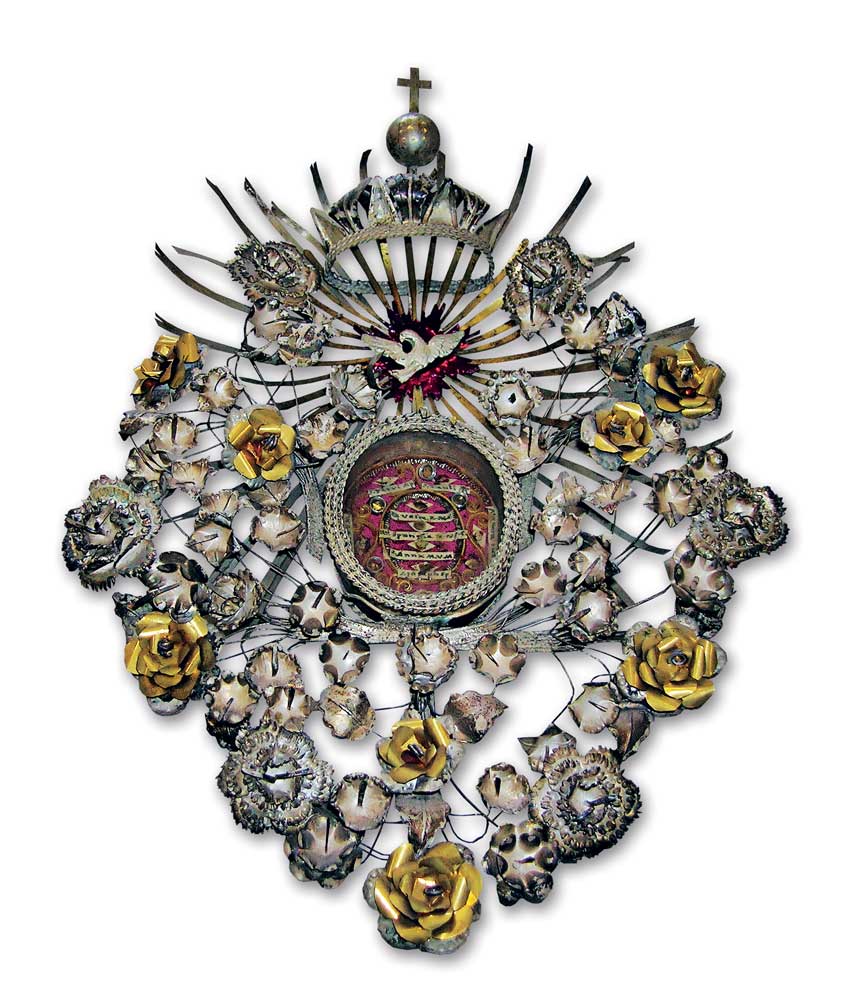






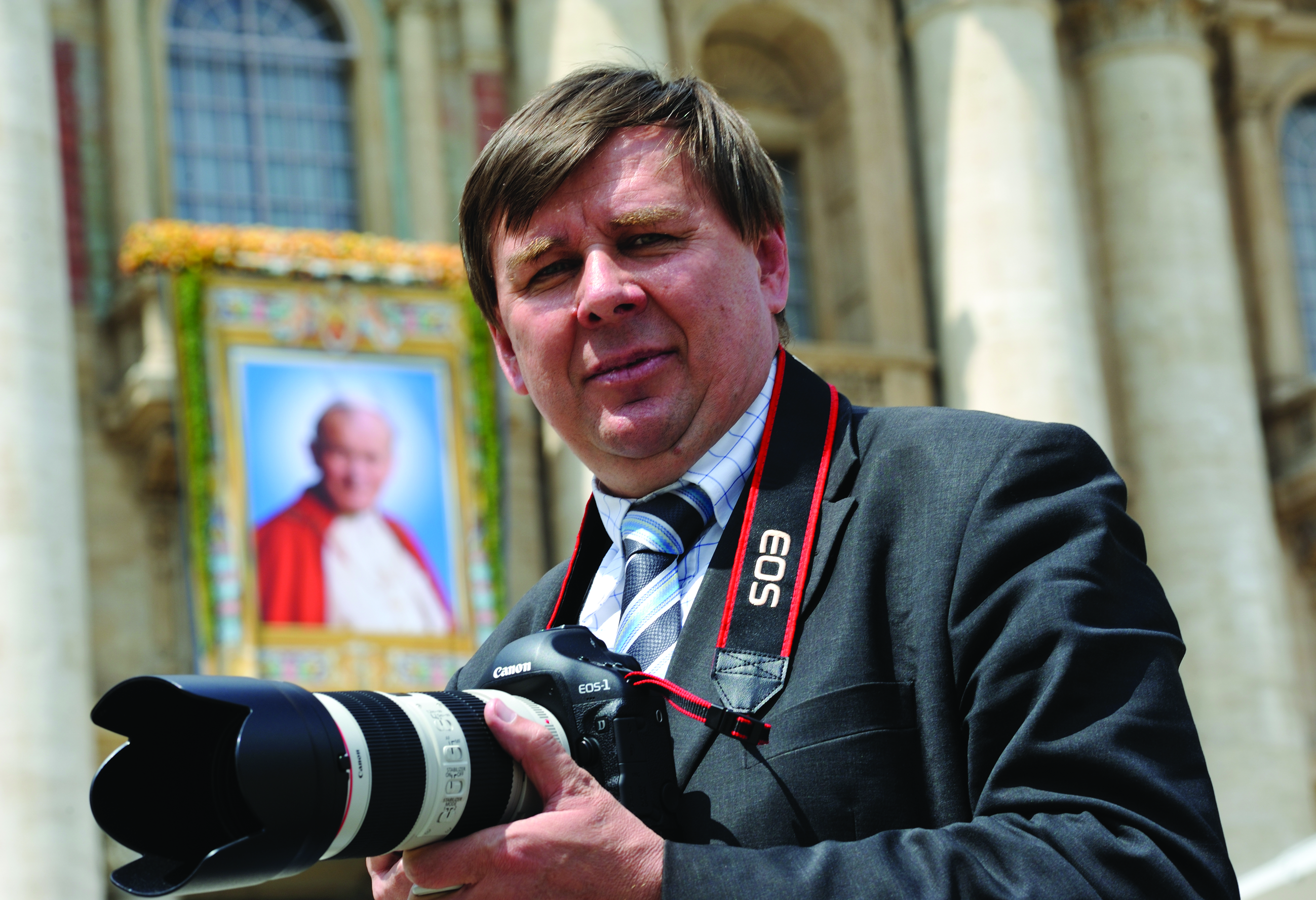
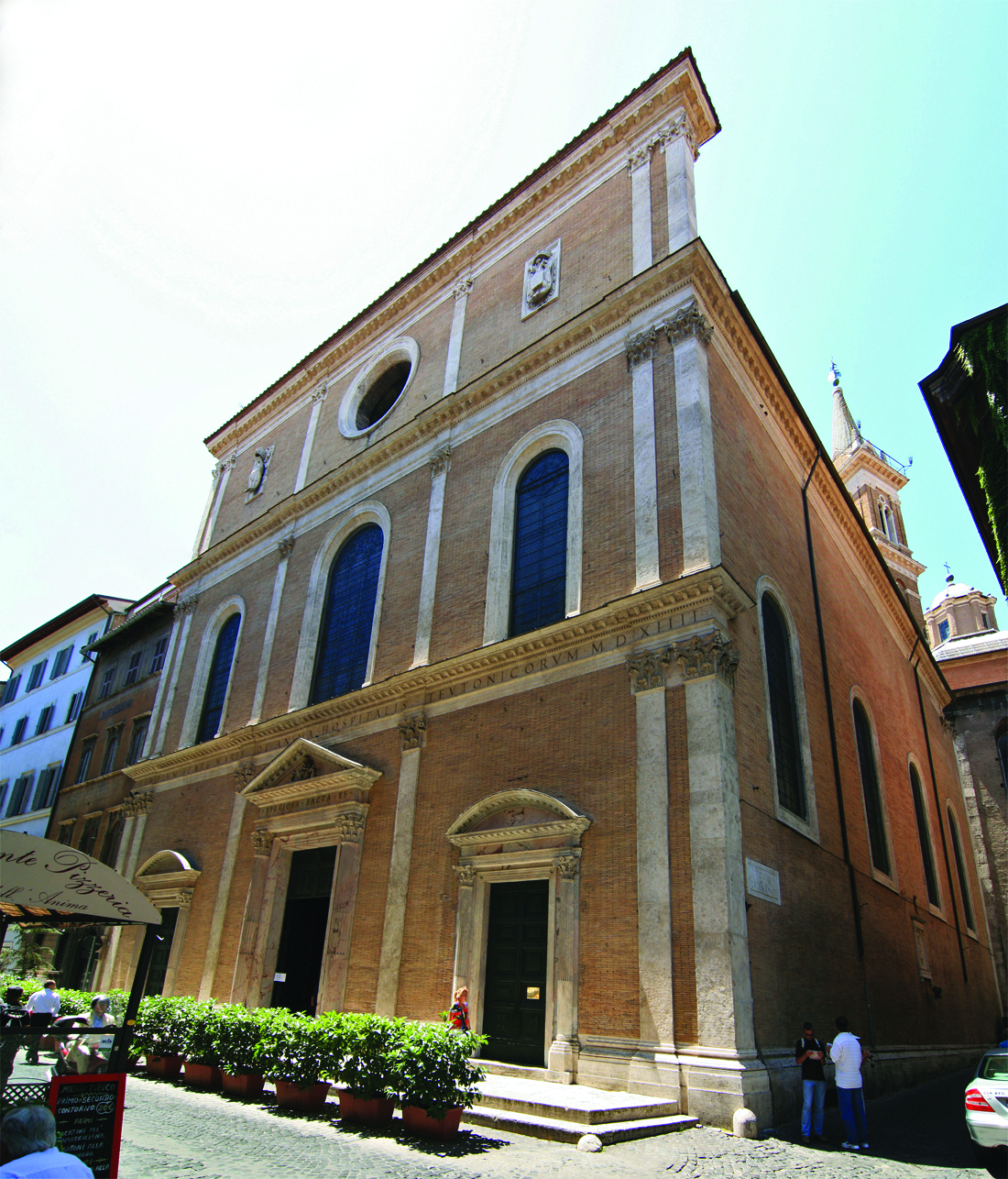
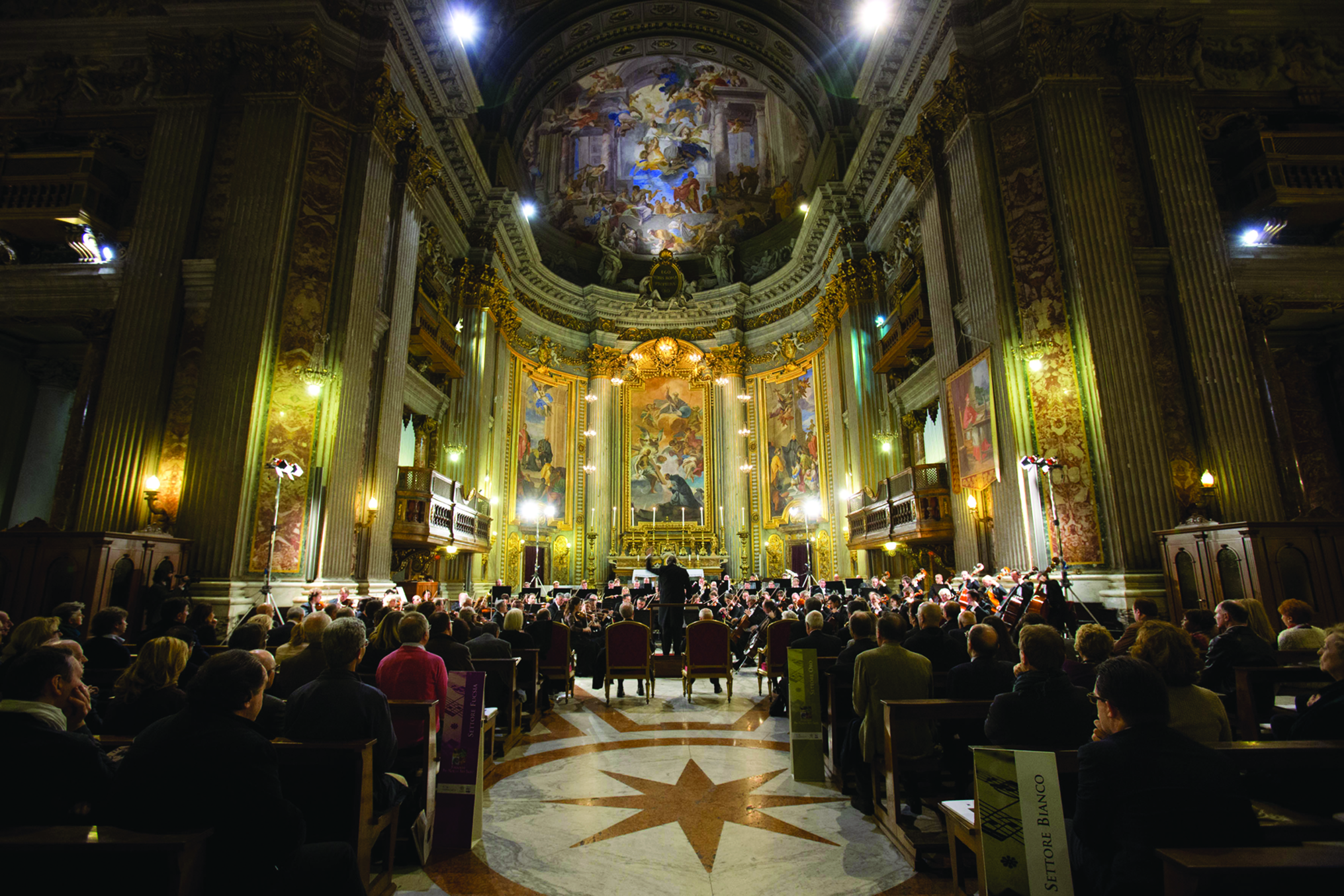
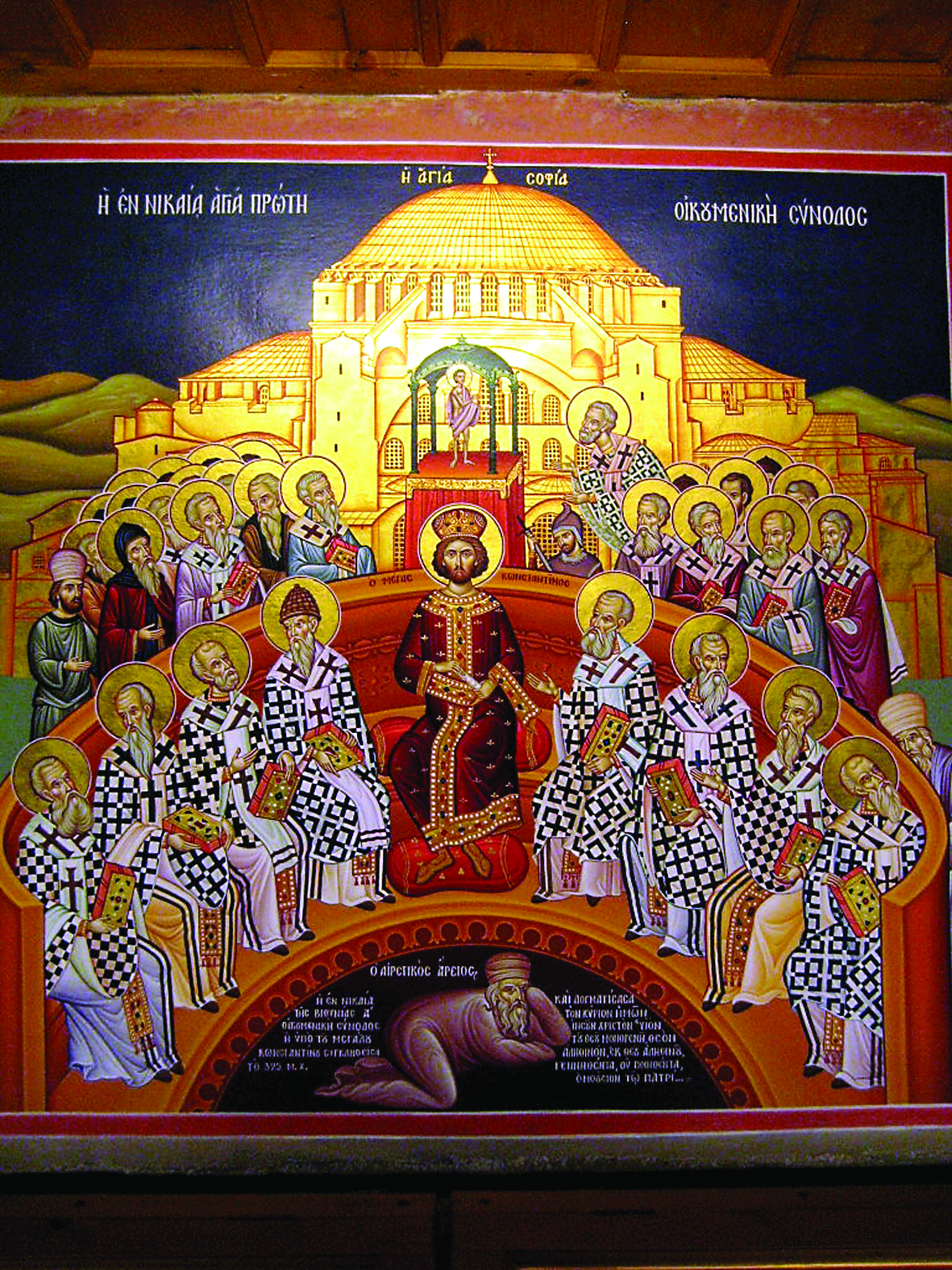
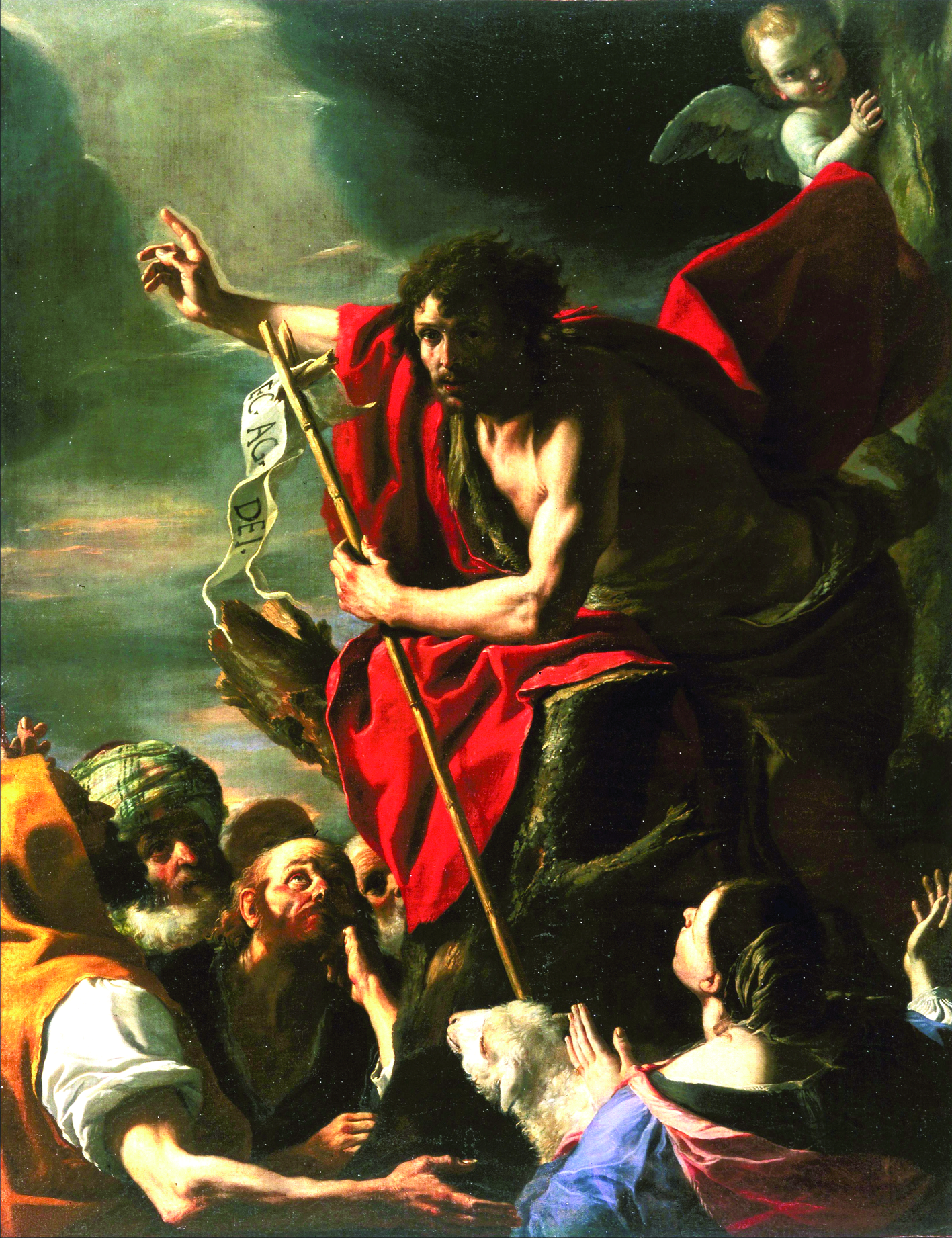
Facebook Comments